- What is Intervention?
- Why So Many Literacy/Reading Programs?
- What Does ‘Scientific Evidence Based’ mean?
- Choosing an Intervention
- Scientific Evidence Based Principles
- Criteria for Schools
What is Intervention?
The term intervention is used to describe the processes, systems and methodologies chosen to remediate and support the child who is experiences learning and literacy difficulties. It is a term that embraces the general way that professionals need to collaborate in order to best support the learner as well as being a much more definitive term that describes the principles and practices of the various approaches used.
Why So Many Literacy/Reading Programs?
There are literally hundreds of reading programs available to specialists and to the public either commercially or from other sources. The questions most asked are: what are the differences and which one is best for the child? Unfortunately, because of the tremendous marketing opportunities available today many people (and schools too) end up purchasing programs because they have been convinced by powerful marketing strategies that the program is the ‘best’ available. The reality is that many such programs do not end up producing the results that the purchasers thought they would. This could be because the program was not implemented correctly, which is of course important, but most of the time it is because the tenets of the program do not adhere to basic fundamental researched supported principles. Programs that research supports are known as Scientific and Evidence Based Interventions.
So What Does the Term ‘Scientific and Evidence Based’ mean?
Programs that can lay claim to being scientific and evidence based are those that have been subjected to the rigors and probings of scientific methodology. Such methodologies are designed to scrutinize the workings and test the claims of the program so that it can be proven in a quantitative and empirical sense that the intervention is effective or not. This usually involves the testing of the program under strict and controlled conditions. The results of the research are then subjected to the scrutiny of experts who are given opportunity to critically comment on the research presented to them. If the research holds up under such scrutiny it is then published for the wider professional audience to review. Interventions that survive this process are considered to be research supported and thus scientific and evidence based.
So Which Interventions Work and Which Ones Don’t Work? – How To Choose
A useful way to narrow down the field of potential programs is to consider their efficacy relative to the following hierarchy:
• Level 1. Follows current theory and research. Treatment efficacy is supported by randomized control trials (RCTs).
• Level 2. Follows current theory and research but not supported fully by Random Control Trials.
• Level 3. Follows current theory and research. Supported by little or no empirical evidence but does have significant clinical data and support.
• Level 4. Makes no conceptual sense in terms of current research and only claim to have empirical evidence for efficacy.
• Level 5. Based on assumptions counter to substantial scientific evidence. Any data on efficacy should be viewed with considerable skepticism.
Please keep in mind that whatever designed system is chosen the researched principles of program implementation are integral to success (See Below). Even when the best program is used and implemented by a well trained professional if the basic principles of program delivery and implementation are violated then outcomes will be compromised.
You should also remember that programs and interventions should not be treated like cookie cutters. One size does not fit all. If a designed system is used then it should be flexible enough to allow for pedagogical change on the basis of student response. (Response To Intervention)
Scientific Evidence Based Principles
Research into the effectiveness of remedial literacy programs has taken place over many years. Numerous programs aimed at remediating literacy disability have been scientifically analyzed and tested. This extensive body of research has consistently shown that if a literacy intervention is going to be effective then it must be based on at least eight fundamental principles.
That is the program must be:
1. Selectively Multisensory
2. Alphabetic and Grapho-phonemic
3. Direct, Explicit, Repetitive and Drill-Like Instruction
4. One on One
5. High Intensity, High Frequency, Moderate Duration
6. Systematic and Cumulative
7. Goal Driven
8. Response to Intervention
These principles are discussed below.
1 Multisensory
If a program is Multisensory then it means that it utilizes the four main senses of the human body to deliver information and illicit responses. Those senses are:
- Visual
- Auditory
- Kinesthetic
- Tactile
– Visual
The visual system is made up of the ocular and processing areas. Ocular refers to the physical vision of the eye while processing refers to the neurological circuitry that interprets and organizes what the eye is seeing.
– Auditory
The auditory system is made up of the auricle and processing areas. The auricle area refers to the physical hearing mechanism while processing refers to the neurological circuitry that interprets and organizes what the ear is hearing.
– Kinesthetic
The kinesthetic system relates to movement. That is, the involvement of the body in physically moving or the physical movement of objects as a response to instruction or stimulus.
– Tactile
The tactile system relates to touch and feel. This generally involves the physical manipulation of resources by the hands in response to instruction or stimulus.
The most effective multisensory programs are those that have the highest integration of the senses at one time relative to an identified teaching point. For example if a student was learning the letter /p/ and could see, hear, feel and draw the letter /p/ simultaneously then there would be a significantly better chance of the student developing automaticity relevant to that letter and its sound.
REMEMBER: Multisensorism must be selective. That is, if it is simply not necessary that a child be taught using all learning channels then they should not be used. Multisensory techniques can be overused and used when they are not required. The clinician working with the child must constantly review the child’s response to intervention in order to plan how much multisensory training is required.
2 Alphabetic and Grapho-phonemic
The English language is based on an alphabetic code, of which the 26 characters of our alphabet are the base. From these characters the 44 phonemes (single sounds) of (Australian accented) English are evident. Combinations of these characters produce more and more synthesized sounds and of course many different ways of writing these sounds out is also evident. If a student learns to ‘crack’ this code by mapping single sounds and complex sounds onto letters and sequences of letters then there will be a significantly greater mastery of the sound symbol association of English.
3 Direct, Explicit Repetitive Instruction
It is essential that the program be presented one teaching point at a time. It may in some cases be necessary to teach one sound and one symbol only at any one time. It is vital that each component is taught in the simplest terms in the most direct and uncomplicated way possible and that this process is constantly revised. Research shows that the single greatest factor in the improvement of student reading is the quality of the ‘human’ instruction.
4 One on One
The more serious the learning disability the more reason to make all sessions one on one. This is the best way to maintain attention span and on task behaviour. It also allows for the fullest possible attention to each and every detail by the teacher as it is presented to the student.
5 High Intensity, High Frequency Moderate Duration
High Intensity refers to how hard (concentrated) and consistently a student works during a session. High Frequency refers to how often a student completes a training session. Research shows that up to one hour each day for five days a week is needed for success. Moderate Duration refers to how long the program lasts for at any one stint. In other words a student may work for one hour a day for five days a week for 12 weeks. This is not a really brief period of time but it is not exceptionally long either. For other students the duration might be as much as three school terms in order to achieve predetermined goals.
6 Systematic and Cumulative
Systematic refers to the fact that the program should be so arranged that it forms a complete methodology in a succinct and progressive way. Cumulative refers to the concept that each successive step is only possible if all previous steps have been accurately completed. That is, step two is dependent on the accurate completion of step one and step three is dependent on the accurate completion of steps one and two and so on. Cumulation also applies to how individual teaching points can be implemented.
7 Goal Driven
It is important that there is a clear set of goals or achievement outcomes that have been predetermined and if appropriate put in writing prior to the commencement of the treatment plan. These goals need to be Specific, Measurable, Achievable, Realistic and Time-Based. Goals should be divided into short term and long term considerations and the measurable component should be both a qualitative and quantitative consideration. Goals should also be made realtive to ongoing achievement after the child has ceased intervention.
8 Response to Intervention
Response to Intervention is a principle that ensures that no matter what work is administered to the child or how intense and explicit that work may be it is guided by the student’s response to what has been implemented. By monitoring how a student responds to tasks, decisions can be made about the nature and explicitness of future work as well as what resources to use and whether or not the set goals are still appropriate. Response to intervention promotes the notion that teachers teach children not programs.
Criteria for Schools
More and more schools are taking full accountability for the implementation of a reading intervention in the school environment. However for this to work it requires the school or parent (or both) to purchase and train in an evidenced based reading program. This means that a number of reading systems will have to be reviewed.
The following points are a guide when considering which program is best:
- Cost
- Teacher Training Time
- Lesson Preparation Time
- Accessible Human Support for Technical and Pedagogical Troubleshooting
- Suitability for Students Relative to Age and Degree of Problem
- Suitability to Wider Group
- Potential Use in Future Years
1 Cost
This includes cost of resources to be delivered to the school, cost of ongoing updates and teacher training costs.
2 Teacher Training Time
Some programs require considerable training time which may not be a viable option for the school.
3 Lesson Preparation Time
Some programs require teachers to prepare each lesson whilst other programs provide all lesson materials and lesson plans.
4 Accessible Human Support for Technical and Pedagogical Troubleshooting
At some stage the administering teacher may need either help with the I.T aspect of the program or educational support relative to program or resource delivery. Therefore it is vital that this support be available and thorough when needed.
5 Suitability for Students Relative to Age and Degree of Problem
Some programs that are marketed as remedial interventions are more suited to the mainstream classroom. An intervention is so called because it delivers instruction very differently to normal and is designed especially with learning disability in mind. Some are also more suited to very young children whilst others are for most age groups. This should be ascertained before purchasing a program.
6 Suitability to Wider Group
Depending on the school’s requirements they may wish to have a program that can be used in all classrooms by all teachers for all students as opposed to just students with a learning disability and used only by specialist teachers.
7 Potential Use in Future Years
This is hard to know. But given the cost of many programs the school needs to be reasonably sure that the program they choose will suit their needs for a number of years. Knowing that the program is re-written or upgraded on a yearly basis helps in making this decision.


